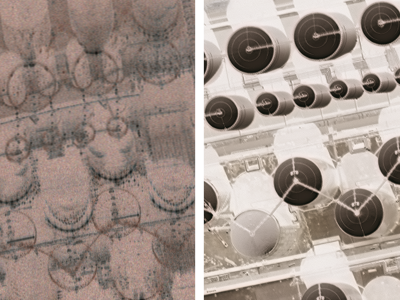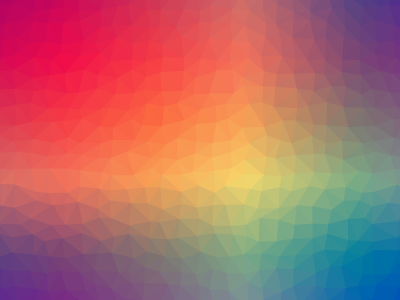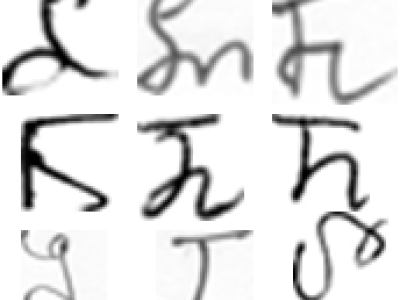
When fuel materials for high-temperature gas-cooled nuclear reactors are quantification tested, significant analysis is required to establish their stability under various proposed accident scenarios, as well as to assess degradation over time. Typically, samples are examined by lab assistants trained to capture micrograph images used to analyze the degradation of a material. Analysis of these micrographs still require manual intervention which is time-consuming and can introduce human-error.
- Categories:




